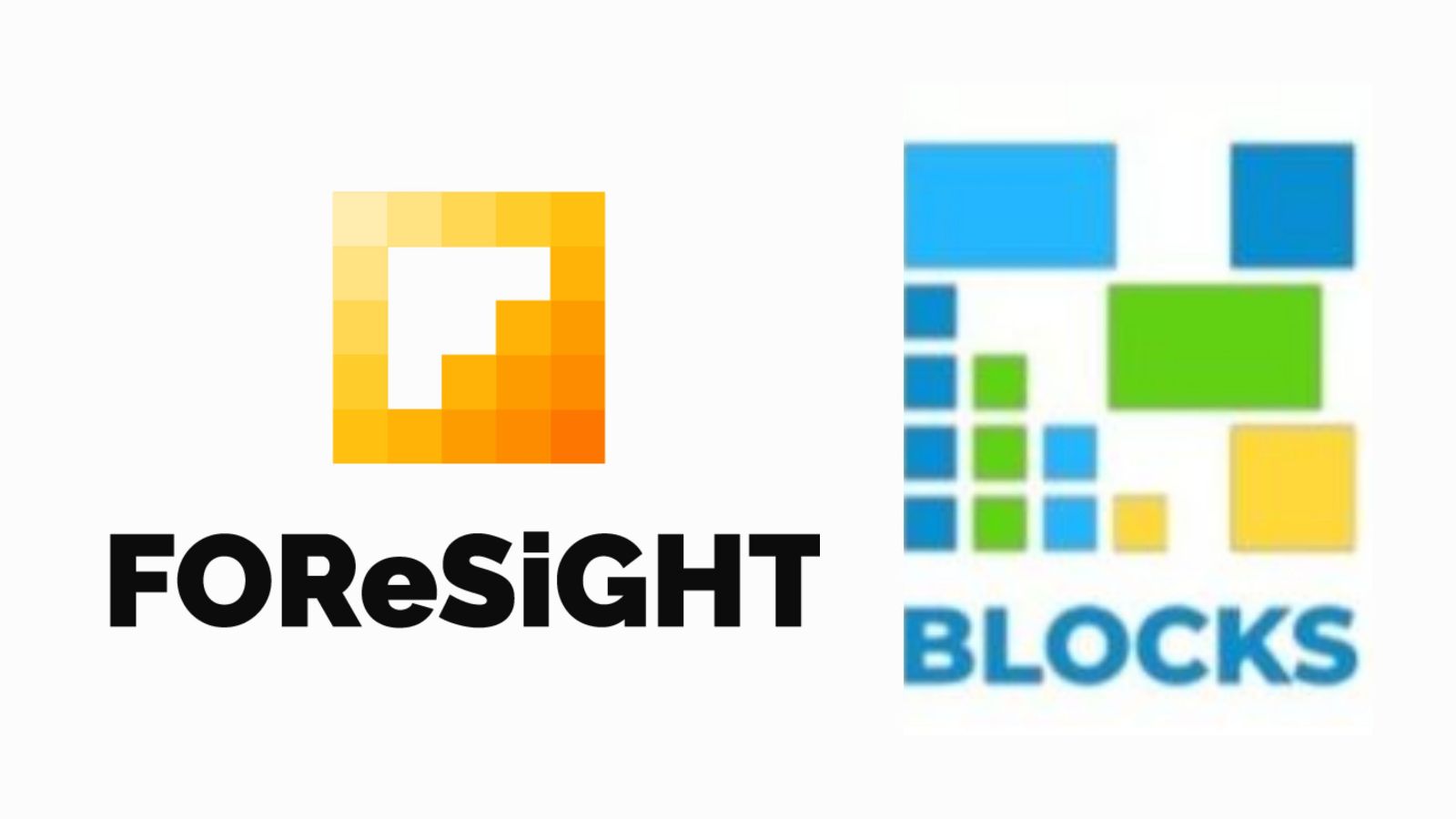
29
NovemberHow Does DevOps Contribute to DevSecOps?
The evolution of software development methodologies has led to the rise of DevOps and DevSecOps, two practices aimed at enhancing efficiency, security, and reliability in software delivery. While DevOps focuses on the seamless collaboration between development and operations teams, DevSecOps extends this philosophy to include security as a critical aspect of the software lifecycle. This article delves into how DevOps contributes to the success and implementation of DevSecOps.
What Is DevSecOps?
DevSecOps, short for Development, Security, and Operations, integrates security practices into every phase of the software development lifecycle (SDLC). Its goal is to ensure that applications are secure by design, rather than treating security as an afterthought. DevSecOps leverages automation, collaboration, and shared accountability to embed security into the DevOps pipeline.
The Role of DevOps in Shaping DevSecOps
DevOps serves as the foundation for DevSecOps, providing the culture, processes, and tools necessary for integrating security into the SDLC. Here’s how DevOps contributes to DevSecOps:
1. Shared Ownership and Collaboration
DevOps emphasizes a collaborative culture where development, operations, and other stakeholders share responsibility for software delivery. DevSecOps builds on this foundation by making security a shared responsibility across teams. Join DevOps Course in Pune
Contributions:
- Encourages developers to write secure code.
- Involves security teams in early stages of development.
- Breaks silos, ensuring security is no longer an isolated function.
2. Automation of Security Practices
Automation is a core principle of DevOps, and it plays a critical role in DevSecOps by integrating security tools into CI/CD pipelines. This allows teams to identify and remediate vulnerabilities early, ensuring faster and safer deployments.
Examples of Automation:
- Static Application Security Testing (SAST): Tools like SonarQube analyze code for vulnerabilities during the build process.
- Dynamic Application Security Testing (DAST): Tools like OWASP ZAP test running applications for security flaws.
- Infrastructure as Code (IaC): Ensures that infrastructure configurations adhere to security standards.
3. Continuous Integration and Delivery (CI/CD)
DevOps promotes CI/CD pipelines, enabling rapid development and deployment. DevSecOps extends these pipelines to include continuous security checks.
Contributions:
- Automated vulnerability scanning at each stage of the pipeline.
- Immediate feedback loops for security issues, allowing developers to fix problems promptly.
- Ensures security does not slow down the speed of deployments.
4. Infrastructure as Code (IaC) and Configuration Management
DevOps practices like IaC allow teams to define and manage infrastructure through code. This enables consistent, repeatable, and secure infrastructure deployments, which are essential for DevSecOps.
DevSecOps Enhancements:
- Automated compliance checks for infrastructure configurations.
- Secure provisioning of cloud resources.
- Reduced risk of misconfigurations, a common source of vulnerabilities.
5. Monitoring and Logging
DevOps promotes continuous monitoring and logging to ensure application performance and reliability. DevSecOps builds on this by incorporating security monitoring into the same framework.
Contributions:
- Real-time threat detection using tools like Splunk and ELK Stack.
- Monitoring for unauthorized access or anomalies in system behavior.
- Integration with Security Information and Event Management (SIEM) tools for comprehensive analysis.
6. Incident Response and Recovery
DevOps emphasizes resilience through automated rollbacks and disaster recovery mechanisms. DevSecOps extends these practices to include security incident response. Join DevOps Classes in Pune
Examples:
- Automated containment of breaches (e.g., disabling compromised accounts).
- Rapid rollback to secure versions of applications or infrastructure.
- Integration of post-mortem analysis to improve future security measures.
7. Cultural Transformation
DevOps introduces a culture of accountability, collaboration, and continuous improvement. This cultural shift is essential for DevSecOps, which requires teams to view security as a shared and ongoing responsibility.
Key Outcomes:
- Teams are proactive about security from the start.
- Security is embedded into daily workflows, not treated as a bottleneck.
- Encourages innovation in implementing secure coding practices.
8. Tools and Ecosystems
DevOps brings a vast ecosystem of tools that streamline processes. Many of these tools have security-focused counterparts or plugins, enabling DevSecOps practices without requiring completely new systems.
Examples:
- Jenkins (DevOps) → Integrates with tools like SonarQube (DevSecOps).
- Docker (DevOps) → Secured through image scanning tools like Trivy.
- Kubernetes (DevOps) → Secured with tools like Kube-bench.
Challenges and How DevOps Helps Overcome Them
1. Resistance to Change:
DevOps fosters a culture of adaptability and innovation, making it easier to introduce DevSecOps practices.
2. Balancing Speed and Security:
The automation and monitoring capabilities of DevOps ensure that security enhancements do not slow down the development lifecycle. Join DevOps Training in Pune
3. Skill Gaps:
DevOps encourages cross-functional training, equipping teams with the skills needed to adopt DevSecOps effectively.
Conclusion
DevOps is the backbone of DevSecOps, providing the essential cultural, technical, and process-driven frameworks required to integrate security into software development. By building on the principles of collaboration, automation, and continuous improvement, DevOps ensures that security becomes an integral part of the development lifecycle without compromising speed or quality.
As cyber threats become increasingly sophisticated, adopting DevSecOps is no longer optional—it is a necessity. Organizations that leverage the synergy between DevOps and DevSecOps position themselves to deliver secure, high-quality software at the speed demanded by today’s markets.
